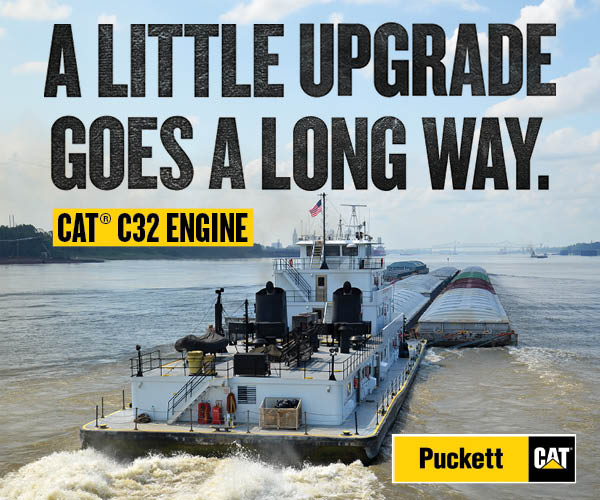Anchor Environmental Wins Restored Beaches Honor
In June the American Shore and Beach Preservation Association (ASBPA) presented Anchor Environmental LLC with its 2008 Best Restored Beach Award for the Seattle Art Museum’s Olympic Sculpture Park. Anchor provided shoreline habitat design and permitting support services to the museum on the project.
“Seattle’s downtown waterfront which hasn’t included any beaches for over a century has been given a gift in experiencing firsthand the value of a beach in the midst of one of our densest neighborhoods” said Seattle Mayor Greg Nickels. “The Olympic Sculpture Park’s restored beach and shoreline habitat have inspired visitors from around the world to re-think their own cities’ waterfronts.”
The goals of the Olympic Sculpture Park’s beach and shoreline restoration project include:
• Reconnecting downtown Seattle to Puget Sound: The project’s overall “Z” design links downtown to the new beach and waterfront spanning an arterial street and a major railroad corridor with an elevated park. The newly restored beach is the destination of this journey.
• Turning a blighted brownfield into a green gem: With development of the park and beach the former industrial land and the largest undeveloped vacant property downtown was given a new life. Overall the project succeeds in bringing nature into the heart of the Seattle.
• Seawall buttress and habitat bench: Rather than replace the current seawall with a new one that would be both prohibitively costly and result in more degraded habitat the project design team developed a low cost effective seawall buttress that includes an intertidal “habitat bench” running its full length and providing a shallow water corridor for migrating juvenile salmon.
• Urban salmon habitat: The combination of the 1200-foot-long habitat bench and the pocket beach are the most significant improvements to salmon habitat ever attempted in downtown Seattle. Prior to development as a major urban center Seattle’s Puget Sound shoreline consisted of continuous intertidal beaches. The project restores all the habitat zones originally found in the area including: a marine riparian zone consisting of native trees and shrubs a sandy “backshore” beach with native beach grass and naturally accumulating driftwood a gravel “foreshore” beach that absorbs high energy storm waves a low tide terrace (habitat bench) and sub-tidal “kelp forest” zone colonized by a variety macro algae species such as bull kelp.
The Seattle Art Museum has formed partnerships with the Seattle Aquarium to conduct educational programs at the shoreline and conduct beach cleanups. Scientifically rigorous biological monitoring of the habitat is being conducted by the University of Washington and will continue for five years to further the science of urban near shore habitat restoration.
“What makes this project different is its ability to inspire millions of visitors to rethink the importance of beaches in their own downtown waterfronts” said Peter Hummel of Anchor Environmental a company that was hired by SAM to evaluate design and help implement the shoreline and beach project. “While many large cities have undertaken costly waterfront redevelopment projects they often lack features that allow people to access the water directly and improve aquatic habitat. The beach at Olympic Sculpture Park does both.”
Beach restoration began taking place in America more than 40 years ago in coastal communities on the East West and Gulf coasts. Beach restoration is the process of placing beach-quality sand on eroding beaches to reverse or offset the effects of erosion. Coastal communities have restored more than 370 beaches in the United States including such iconic coastlines as Miami Beach Coney Island and Southern California’s Venice Beach.
“ASBPA created the Best Restored Beach award in 2001 as a way of highlighting the value of America’s restored beaches” said Harry Simmons mayor of Caswell Beach N.C. and ASBPA president. “As Americans flock to our coastline during the upcoming beach season most don’t even realize they may be enjoying a restored beach” he said.
Coastal communities nominated their restoration projects for consideration and an independent panel of coastal managers and scientists selected the winners. Judging was based on three criteria: the economic and ecological benefits the beach brings to its community; the short- and long-term success of the restoration project; and the challenges each community overcame during the course of the project.
Other beaches honored this year include: the beaches of North Boca Raton Florida; Ocean Isle Beach North Carolina; Destin & Walton County Florida; Kuhio Beach Waikiki Hawaii; and Venice Beach Florida.
Past award winners include: Panama City Beach Florida in 2002; San Diego Beach California in 2003; Ocean City Maryland in 2004; the beaches of South Padre Island Texas in 2005; Rehoboth and Dewey Beaches Delaware in 2006; and the Chaland Headland Restoration Project Louisiana in 2007.
The shoreline restoration portion of the Olympic Sculpture Park project was partially funded with a grant from the 2006 Estuary and Salmon Restoration Program (ESRP) which is composed of federal state tribal and local governments as well as non-governmental organizations. The City of Seattle also provided funding for the shoreline in support of salmon recovery efforts. $1 million in shoreline restoration funding was also provided by the U.S. Department of Interior.
Design team members on the project were: Project Director Seattle Art Museum: Chris Rogers; Project Manager Barrientos LLC: Maria Barrientos and John Schwartz; Overall Design Lead: Weiss/Manfredi: architecture landscape urbanism New York New York; Principals: Marion Weiss and Michael Manfredi; Civil and Structural Engineering Lead: Magnusson Klemencic Associates Seattle Washington; Landscape Architecture Consultant: Charles Anderson Landscape Architecture Seattle Washington; Shoreline Habitat Design and Permitting Lead: Anchor Environmental L.L.C. Seattle Washington; Coastal Engineer (subconsultant to Anchor Environmental): Coast & Harbor Engineering Edmonds Washington; Geotechnical Lead: Hart Crowser Seattle Washington; Environmental Cleanup Lead: Aspect Consulting Seattle Washington.



